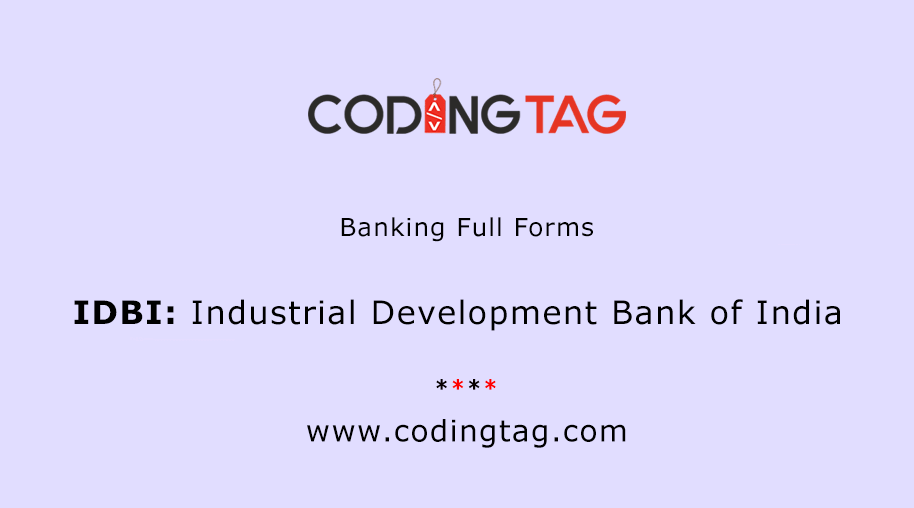FAQ Full Form-Frequently Asked Question
by Shashi Gaherwar
0 2375
Frequently Asked Questions (FAQ): Importance, Benefits, and Best Practices
In today's digital world, Frequently Asked Questions (FAQs) have become an essential tool for businesses, websites, and service providers. FAQs help in addressing common user queries, improving customer experience, and reducing the workload of support teams. A well-structured FAQ section can increase engagement, build trust, and enhance website usability.

This article explores the importance, benefits, and best practices for creating an effective FAQ section.
What is an FAQ?
An FAQ (Frequently Asked Questions) section is a collection of commonly asked questions along with their answers, designed to help users quickly find the information they need.
Key Characteristics of an FAQ Page
- Provides concise and clear answers.
- Covers common user queries related to a product, service, or topic.
- Helps in reducing customer support inquiries.
- Enhances website navigation and user experience.
- Improves SEO (Search Engine Optimization) by addressing key search queries.
Importance of an FAQ Page
A well-designed FAQ section plays a crucial role in customer satisfaction and business growth. Here’s why an FAQ page is important:
- Enhances User Experience
- Helps visitors find answers quickly and efficiently.
- Reduces frustration by eliminating the need for direct contact with support.
- Saves Time for Both Users and Support Teams
- Reduces the number of repetitive queries sent to customer support.
- Allows businesses to focus on complex customer issues instead of answering the same questions repeatedly.
- Improves Website SEO
- FAQ pages target specific keywords and phrases that potential customers search for.
- Increases website traffic by appearing in featured snippets on search engines.
- Builds Trust and Credibility
- Establishes a business as transparent and customer-centric.
- Provides clear and honest information, helping customers make informed decisions.
- Boosts Conversion Rates
- Addresses customer concerns before they abandon a purchase.
- Helps convince potential customers by providing detailed answers about products or services.
Benefits of an FAQ Section
Implementing an FAQ section provides multiple benefits for businesses, websites, and customers alike:
- Reduces Customer Support Costs
- By answering common queries online, businesses lower the demand for live support agents.
- Minimizes customer service expenses.
- Encourages Self-Service
- Empowers users to find answers on their own without waiting for assistance.
- Leads to higher customer satisfaction and engagement.
- Enhances Brand Authority
- A comprehensive FAQ page demonstrates expertise in a particular field.
- Builds trust by providing accurate and reliable information.
- Supports Content Marketing Strategies
- FAQs serve as a content hub, linking to relevant blog posts, product pages, or service details.
- Helps in internal linking, improving website structure and ranking.
Best Practices for Creating an Effective FAQ Page
To make an FAQ page engaging and user-friendly, follow these best practices:
- Identify Common Questions
- Gather queries from customer support emails, social media, and search trends.
- Include questions related to product features, pricing, policies, and troubleshooting.
- Provide Clear and Concise Answers
- Use simple language that is easy to understand.
- Avoid technical jargon unless necessary, and provide explanations when needed.
- Organize FAQs into Categories
- Group related questions under specific headings (e.g., Billing, Shipping, Returns, Product Usage).
- Use an accordion-style layout for better readability.
- Optimize for SEO
- Include targeted keywords in questions and answers.
- Use structured data markup (schema.org FAQ markup) to help search engines display rich snippets.
- Keep It Updated
- Regularly review and update FAQs based on customer feedback and new product updates.
- Remove outdated information to maintain relevance.
- Make It Searchable and Accessible
- Add a search bar for easy navigation.
- Use collapsible sections to enhance readability and organization.
- Link to Additional Resources
- Include links to detailed guides, tutorials, product pages, or support articles.
- Encourage users to contact support for unresolved queries.
How to Write Effective FAQ Questions and Answers
Writing engaging FAQs requires a structured approach:
- Phrase Questions the Way Customers Ask Them
✅ Example: “How do I reset my password?”
🚫 Avoid: “Password Reset Instructions” - Keep Answers Short and Actionable
✅ Example: “To reset your password, click ‘Forgot Password’ on the login page and follow the instructions.”
🚫 Avoid: “If you ever forget your password, there is an option to reset it using an email link which will be sent to your registered email address.” - Address User Concerns Directly
✅ Example: “Yes, we offer free returns within 30 days.”
🚫 Avoid: “Our return policy is explained in our terms and conditions.”
Common Mistakes to Avoid in FAQ Pages
- 🚫 Overloading with Too Many Questions – Keep it concise and relevant.
- 🚫 Providing Vague or Generic Answers – Ensure answers are clear and helpful.
- 🚫 Ignoring Mobile Optimization – Make sure the FAQ page is responsive and easy to navigate.
- 🚫 Using Confusing Technical Terms – Use plain language whenever possible.
A well-structured Frequently Asked Questions (FAQ) section is a powerful tool for improving user experience, reducing support requests, and boosting website SEO. By following best practices, businesses can create an effective FAQ page that enhances customer satisfaction, builds trust, and ultimately increases conversions.
Whether you run an e-commerce store, a service-based website, or a corporate platform, investing in an FAQ section is a smart strategy for better engagement and efficiency.
Further Learning Resources
If you’re passionate about building a successful blogging website, check out this helpful guide at Coding Tag – How to Start a Successful Blog. It offers practical steps and expert tips to kickstart your blogging journey!
For dedicated UPSC exam preparation, we highly recommend visiting www.iasmania.com. It offers well-structured resources, current affairs, and subject-wise notes tailored specifically for aspirants. Start your journey today!

Share:








Comments
Waiting for your comments